Find Help
More Items From Ergsy search
-
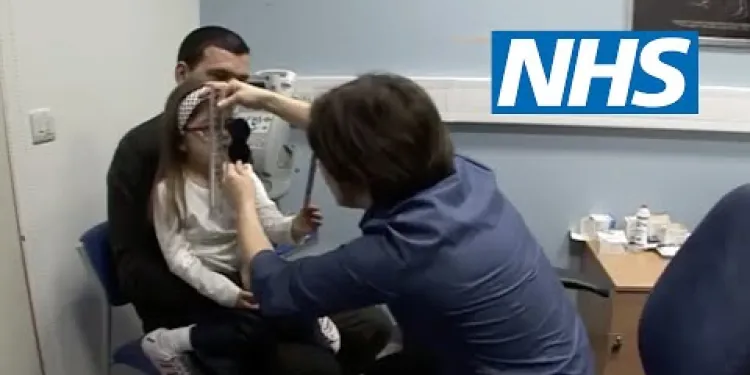
Childhood squint | NHS
Relevance: 100%
-
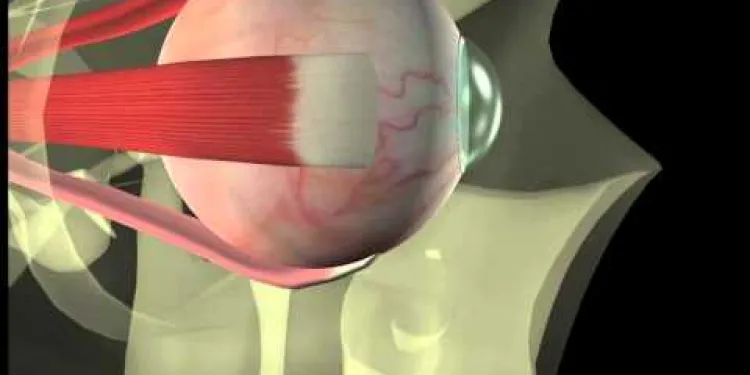
Thyroid eye disease. Squint surgery - The operation
Relevance: 54%
-
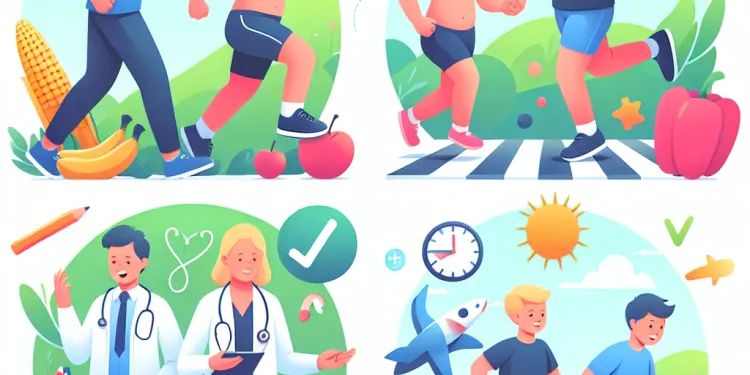
Is childhood obesity a concern in the United Kingdom?
Relevance: 38%
-

What are the current statistics on childhood obesity in the UK?
Relevance: 38%
-

Is childhood obesity a concern in the United Kingdom?
Relevance: 37%
-
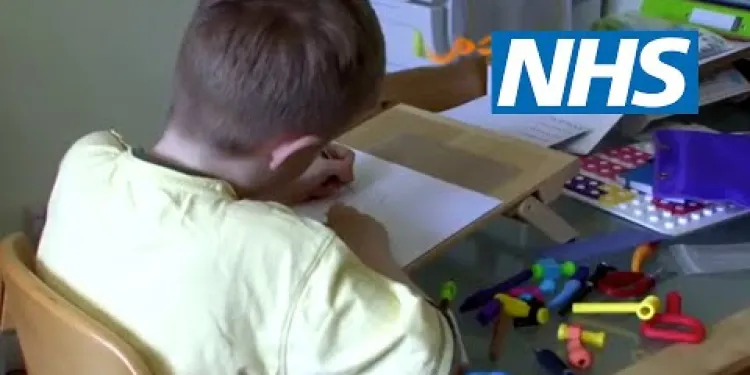
Childhood dyspraxia: James' story | NHS
Relevance: 33%
-
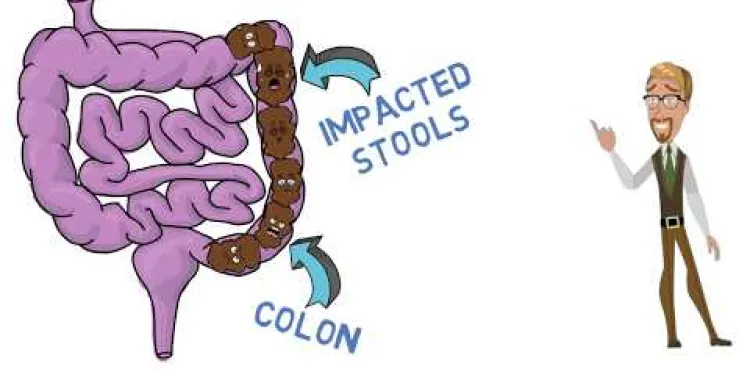
The effective treatment of childhood constipation according to NICE guidelines.
Relevance: 32%
-

Dealing with Common Childhood Illnesses
Relevance: 31%
-

Rise in Childhood Asthma Linked to Air Pollution in Urban Areas
Relevance: 27%
-
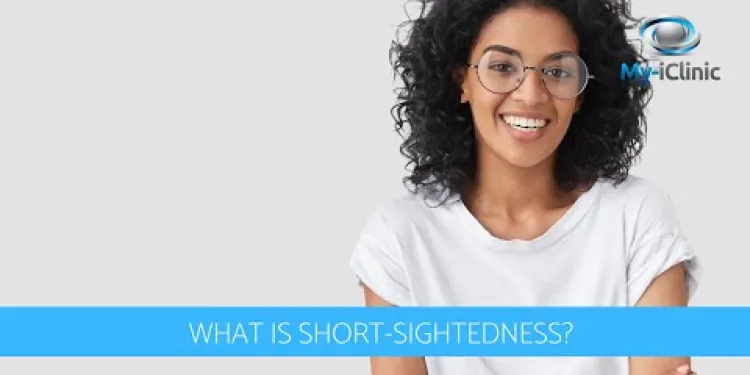
What is Short-Sightedness?
Relevance: 22%
-

Is asthma more common in certain age groups?
Relevance: 13%
-
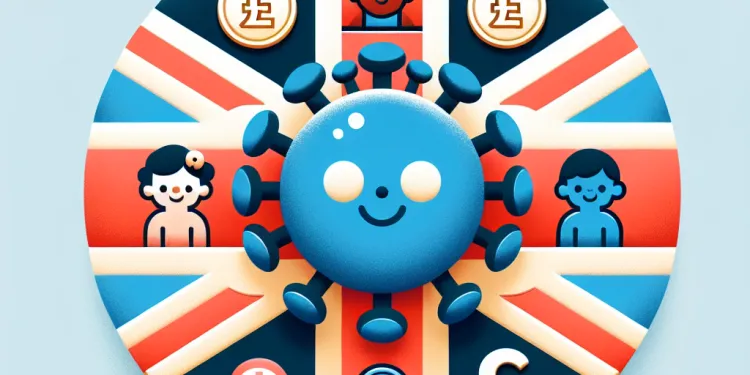
Can chickenpox be prevented?
Relevance: 12%
-

Can children outgrow asthma?
Relevance: 11%
-
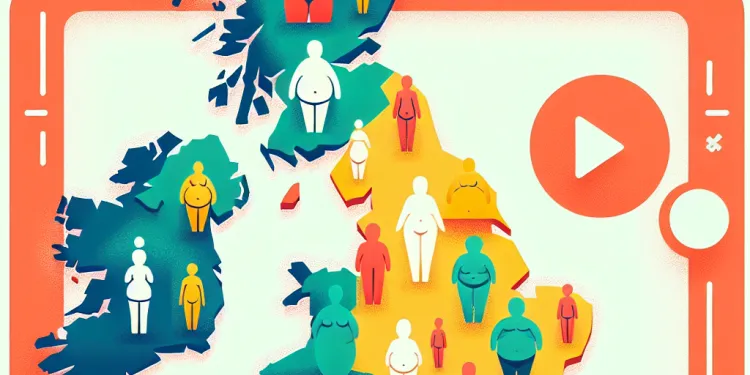
Is obesity more prevalent in certain regions of the UK?
Relevance: 10%
-

What causes ADHD?
Relevance: 10%
-

Has the sugar tax affected the sugar content in drinks?
Relevance: 9%
-

What causes asthma?
Relevance: 9%
-

Can adults have autism?
Relevance: 9%
-
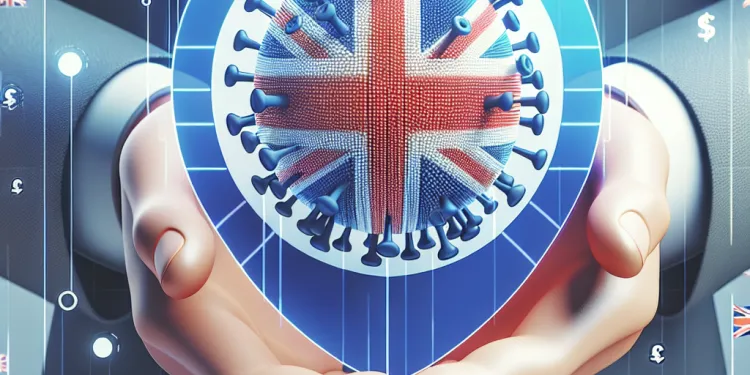
Can Rubella be prevented?
Relevance: 9%
-

Who should receive the MMR vaccine?
Relevance: 9%
-

What is Asthma?
Relevance: 8%
-

What kind of studies are conducted to investigate links between medications and autism?
Relevance: 8%
-

Can ADHD be inherited?
Relevance: 8%
-
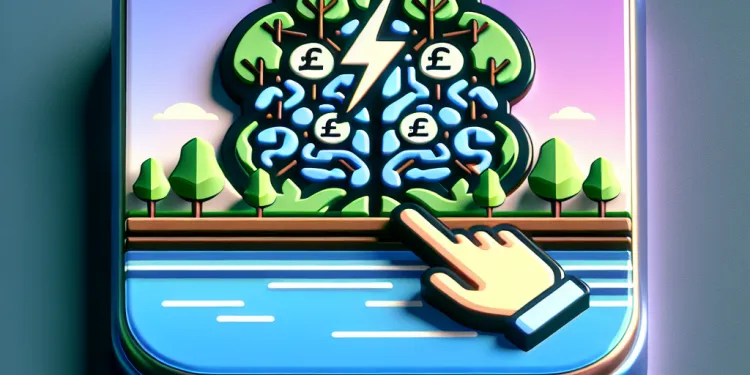
What role does the environment play in ADHD?
Relevance: 8%
-

We are autistic | NHS
Relevance: 8%
-
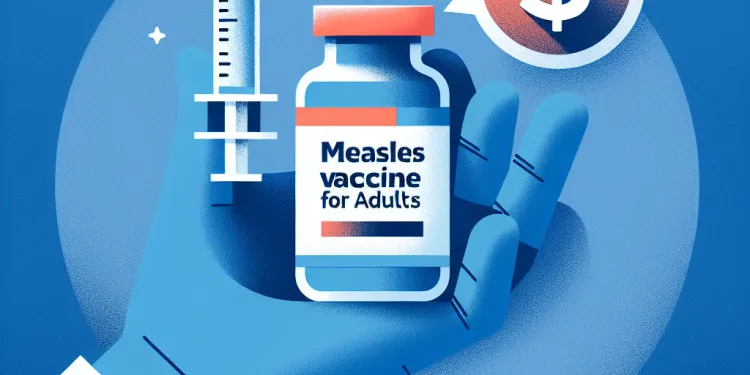
Can the measles vaccine be given to adults?
Relevance: 7%
-
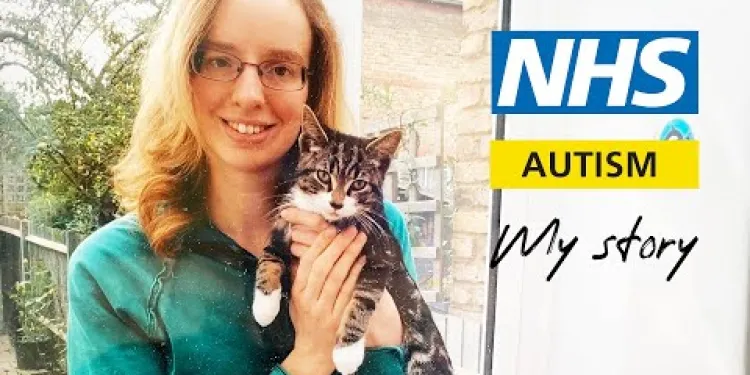
Autism - My Story - Rosalind | NHS
Relevance: 7%
-

OCD
Relevance: 7%
-
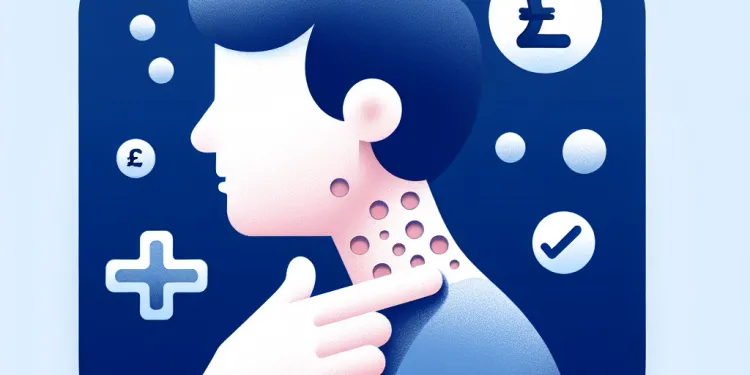
Can adults get chickenpox?
Relevance: 7%
-
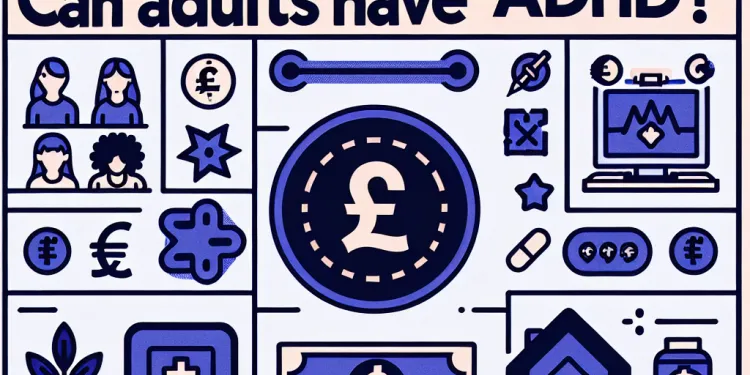
Can adults have ADHD?
Relevance: 7%
-
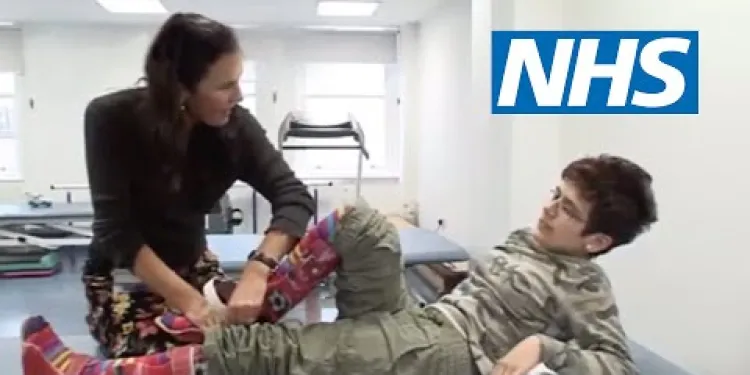
Cerebral palsy | NHS
Relevance: 7%
-
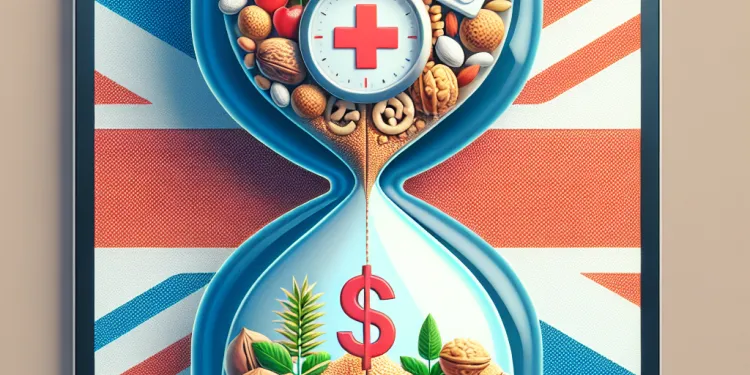
Can nut allergies develop later in life?
Relevance: 7%
-

Why are vaccines important?
Relevance: 7%
-

Can children with cancer receive Paillon treatment?
Relevance: 7%
-

How prevalent is autism?
Relevance: 7%
-

What is ADHD?
Relevance: 7%
-
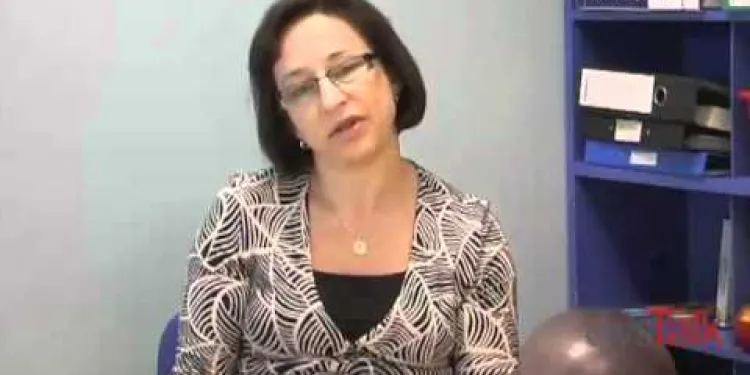
Dyspraxia Symptoms & Signs
Relevance: 7%
-

Are there vaccines for meningitis?
Relevance: 6%
-
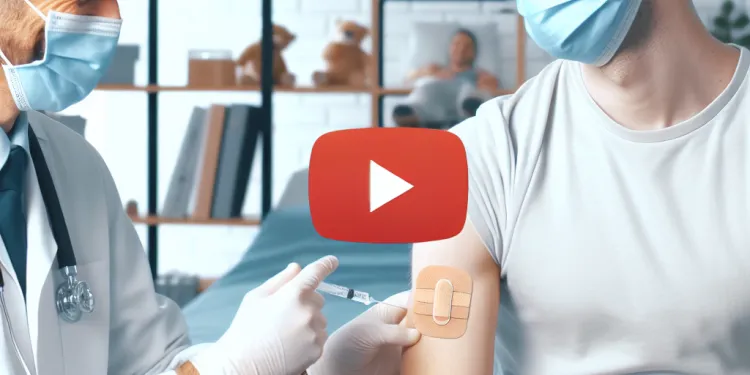
Can adults receive the MMR vaccine?
Relevance: 6%
-

Who is eligible for Healthy Start vouchers?
Relevance: 6%
Childhood Squint | NHS
What is Childhood Squint?
Childhood squint, also known as strabismus, is a condition where the eyes point in different directions. One eye may turn inwards, outwards, upwards, or downwards while the other eye looks forward. This misalignment can be constant or intermittent and may alternate between eyes. It is relatively common among children in the United Kingdom, affecting about 1 in 20.Causes of Childhood Squint
The exact cause of childhood squint is often unknown, but several factors can contribute to its development. Genetic factors play a significant role, and a family history of squint or eye problems increases the risk. Other causes may include refractive errors like myopia (short-sightedness) or hyperopia (long-sightedness), weak muscles around the eye, or neurological conditions that impact eye control. Sometimes, underlying health conditions like cerebral palsy or Down's syndrome are associated with squint.Symptoms and Diagnosis
The primary symptom of a squint is misalignment of the eyes. Other signs include the child closing one eye in bright sunlight, tilting their head to look at objects, or having poor depth perception. If left untreated, squint can lead to amblyopia, commonly known as lazy eye, a condition where the brain starts ignoring input from the misaligned eye, resulting in reduced vision. Diagnosing squint typically involves a thorough examination by an ophthalmologist or optometrist. This includes checking the alignment of the eyes, visual acuity tests, and possibly eye movement evaluations. Early detection is crucial for effective treatment.Treatment Options
Several treatment options are available for childhood squint, depending on its cause and severity. Eyeglasses may correct refractive errors and help align the eyes. Sometimes, wearing an eye patch over the stronger eye encourages the weaker eye to work harder, improving its function. Eye exercises, known as orthoptics, may also be recommended. In some cases, surgery may be necessary to adjust the muscles around the eyes. This procedure aims to improve alignment and coordination between the eyes. Non-surgical treatments are generally attempted first, especially in younger children.Importance of Early Intervention
Early intervention is vital for the successful treatment of childhood squint. When diagnosed and managed promptly, most children can achieve good visual outcomes and avoid complications like amblyopia. Regular eye check-ups are essential, especially if there is a family history of eye issues. The NHS provides various resources and support for parents navigating this condition, ensuring children receive the care they need for optimal eye health. By addressing childhood squint early, children can enjoy better visual development and improved quality of life.Childhood Squint | NHS
What is Childhood Squint?
Childhood squint, also called strabismus, is when a child's eyes do not look in the same direction. One eye might look inwards, outwards, upwards, or downwards while the other eye looks straight ahead. This can happen all the time or just sometimes and might switch between eyes. In the UK, about 1 in 20 children have this condition.Causes of Childhood Squint
We don’t always know why childhood squint happens, but some things can make it more likely. If someone in the family has a squint or problems with their eyes, it can increase the chance. Other reasons might be sight problems like being short-sighted or long-sighted, weak eye muscles, or nerve issues that affect eye control. Sometimes health problems like cerebral palsy or Down's syndrome are related to squint.Symptoms and Diagnosis
The main sign of a squint is eyes that don’t line up properly. A child might also close one eye in bright light or tilt their head to see things better. If not treated, squint can cause lazy eye, where the brain starts to ignore the input from the misaligned eye, leading to weaker vision. An eye doctor, called an ophthalmologist or optometrist, will check for squint. They will look at how the eyes line up, test eyesight, and see how the eyes move. It's important to find out early so it can be treated well.Treatment Options
There are different ways to treat childhood squint, depending on what causes it and how severe it is. Glasses can fix sight problems and help eyes line up correctly. Sometimes, using an eye patch over the stronger eye helps the weaker one get better. Eye exercises, called orthoptics, might also be suggested. Sometimes, surgery is needed to adjust the eye muscles. This helps the eyes align and work together. Usually, doctors try other treatments before surgery, especially for young children.Importance of Early Intervention
Getting help early is very important for treating childhood squint well. If it is found and treated early, most children can have good vision and avoid problems like lazy eye. Regular eye check-ups are especially important if eye problems run in the family. The NHS has lots of resources and support for parents to help children with this condition so they get the care needed for healthy eyes. By treating childhood squint early, children can see better and have a better life. Supporting Tools: - Using large print books or texts can help children read more easily. - Audiobooks can be a helpful alternative for enjoying stories. - Visual aids like pictures can make it easier to understand information.Frequently Asked Questions
What is a childhood squint?
A childhood squint, also known as strabismus, is a condition where the eyes do not look in the same direction at the same time.
What causes a childhood squint?
A squint can be caused by issues with eye muscles, nerve problems, or focusing difficulties. Genetics may also play a role.
Is a squint common in children?
Yes, squints are quite common in young children and often develop before the age of 5.
Can a squint be treated?
Yes, treatment options include glasses, eye exercises, or surgery, depending on the severity and type of squint.
Will my child need to wear glasses?
Glasses are commonly prescribed to help correct vision and align the eyes properly.
How is a squint diagnosed?
A squint is diagnosed through an eye examination by an optometrist or ophthalmologist.
What happens if a squint is not treated?
If left untreated, a squint can lead to lazy eye (amblyopia) and other vision problems.
Can a squint come back after treatment?
It's possible for a squint to recur, but ongoing treatment and monitoring can help manage it effectively.
Are there any complications associated with a squint?
Complications can include double vision and problems with depth perception if not adequately treated.
Is squint surgery safe for children?
Squint surgery is generally safe and can be very effective in correcting eye alignment. However, as with any surgery, it carries some risks.
What age is appropriate for squint surgery?
Surgery can be performed at any age, but early treatment is often recommended for better outcomes.
How long is the recovery period after squint surgery?
Recovery from squint surgery typically takes about a week, but it may take longer for the eyes to fully adjust.
Are there non-surgical treatments for a squint?
Yes, non-surgical treatments include wearing glasses, using eye patches, and performing specific eye exercises.
Can a squint affect my child’s learning?
A squint can impact learning, particularly if it affects reading and concentration. Proper treatment can help minimize these issues.
Is it normal for babies to have a squint?
It's common for newborns to have occasional squints, but if it persists beyond three months, it's advisable to consult an eye specialist.
What is a childhood squint?
A childhood squint is when a child's eyes do not look in the same direction. One eye may look straight, while the other eye turns in, out, up, or down.
Here are some ways to help understand better:
- Ask a grown-up to explain it with pictures.
- Watch a video about eyes and how they work.
- Use simple words to talk about it with a friend or family member.
A childhood squint is when a child's eyes don't look the same way at the same time. This is also called strabismus.
Why do some children have a squint?
A squint is when one eye looks in a different direction.
This can happen because:
- The eye muscles are not strong enough.
- One eye sees better than the other.
- The child needs to wear glasses.
Ways to help:
- Go to an eye doctor.
- Wear glasses if needed.
- Do eye exercises.
A squint happens when the eyes don't look in the same direction. It can be caused by problems with the eye muscles. Sometimes, it is because the nerves have problems. If the eyes can't focus well, this can also cause a squint. Squints can run in families too.
To help understand this better, you can:
- Use pictures to see what a squint looks like.
- Ask a doctor or eye expert to explain squints.
- Watch videos about squints with simple explanations.
Do a lot of children have a squint?
Yes, it is normal for young children to have a squint. It usually happens before they are 5 years old.
Can a squint be fixed?
Yes, a squint can be fixed. A squint is when your eyes look in different directions.
Doctors can help fix a squint. They can do this with:
- Glasses to help see better.
- Special exercises for your eyes.
- Surgery to make the eyes straight.
If you think you have a squint, ask a grown-up to take you to the eye doctor. The doctor will know how to help you.
Yes, there are ways to help with a squint. You might need to wear glasses, do special eye exercises, or have an operation. It depends on how bad the squint is and what kind it is.
Using tools like audio books or text-to-speech apps can be helpful. You can also ask someone to read with you.
Will my child need glasses?
Does your child need glasses to help them see better?
Here are some tips to help:
- Visit an eye doctor. They can check if your child needs glasses.
- Watch if your child sits very close to the TV. They might need glasses.
- See if your child squints or rubs their eyes often.
If your child needs glasses, the doctor will help you find the right pair. Glasses can help your child see well.
Doctors often suggest wearing glasses. Glasses help you see better and keep your eyes straight.
How do doctors find out if someone has a squint?
Doctors check eyes to see if they look in different directions. They can use special tools. They can test how the eyes work together.
Doctors might shine lights in the eyes. They can ask you to look at pictures or read letters. This helps them know if you have a squint.
Some people use glasses to help their squint. Others might need more help from doctors.
If you have trouble reading, someone can help read the words. You can also ask questions if something is not clear.
A squint is when your eyes don't look in the same direction. To find out if you have a squint, you need to see an eye doctor. This could be an optometrist or an ophthalmologist. They will check your eyes to see if everything is okay.
If reading this feels hard, you can ask someone to read it to you. Pointing to the words as you read can also help. Using audiobooks or text-to-speech tools can make reading easier too.
What happens if we don't fix a squint?
If a squint is not treated, it can cause a lazy eye. This is called amblyopia. It can also lead to other problems with seeing.
Can a Squint Come Back After Treatment?
A squint is when eyes don't look the same way. This can happen in children and adults.
Sometimes, after treatment, a squint can come back. Treatment can help, but it's not always forever.
If you think a squint is coming back, talk to a doctor. They can check your eyes and help you.
Here are some things that can help:
- Regular eye check-ups
- Wearing glasses if needed
- Eye exercises
Remember, doctors are there to help you see better!
Sometimes a squint can come back, but regular check-ups and help from a doctor can keep it under control.
Can a Squint Cause Any Problems?
Problems can happen if it is not treated well. You might see double or have trouble seeing how far away things are.
Is squint surgery safe for kids?
Squint surgery is usually safe for kids. Doctors fix the eyes so they look the same way.
Before the surgery, talk to your doctor about what will happen. Your doctor can help you learn more.
If you want, use pictures or videos to understand better.
Squint surgery is usually safe and works well to fix how your eyes line up. But, like all surgeries, there can be some risks.
When is the right age for squint surgery?
Squint surgery helps fix eye problems like when the eyes don't look the same way.
Children can have this surgery when they are young. It is usually best to do it when they are 4 or 5 years old.
Always talk to a doctor to know what is best for your child. The doctor can help you decide the right time for the surgery.
If reading is hard, you can use tools like audiobooks or have someone read to you.
You can have surgery no matter how old you are. But, it is often better to have it done sooner for the best results.
How long does it take to get better after squint surgery?
After squint surgery, it usually takes about 1 to 2 weeks to feel better.
Here are some tips to help you:
- Ask someone to remind you to rest and not overdo things.
- Use a calendar or planner to track the days and see your progress.
- If you have questions, ask a doctor or nurse.
It is important to take care of yourself and follow the doctor's instructions.
After you have surgery to fix a squint, it usually takes about one week to get better. But sometimes, your eyes might need more time to feel normal again.
Can you fix a squint without surgery?
Yes, there are ways to help without surgery. You can wear glasses, use eye patches, and do special exercises for your eyes.
Can a squint make it hard for my child to learn?
A squint is when a child's eyes don't look the same way. This can make seeing things tricky. If your child has a squint, it might be harder for them to read or write.
Here are some things that can help your child:
- Visit an eye doctor to get the right help.
- Use special glasses if the doctor suggests them.
- Try eye exercises to make their eyes stronger.
- A teacher can give extra help with reading or writing.
Helping your child see better can make learning easier for them.
A squint is when your eyes point in different directions. It can make reading and focusing hard. Getting the right help can make it better.
Do babies usually have eyes that don't look straight?
New babies sometimes squint. If your baby still squints after three months, see an eye doctor.
Useful Links
- Ergsy carfully checks the information in the videos we provide here.
- Videos shown by Youtube after a video has completed, have NOT been reviewed by ERGSY.
- To view, click the arrow in centre of video.
- Most of the videos you find here will have subtitles and/or closed captions available.
- You may need to turn these on, and choose your preferred language.
- Go to the video you'd like to watch.
- If closed captions (CC) are available, settings will be visible on the bottom right of the video player.
- To turn on Captions, click settings .
- To turn off Captions, click settings again.
More Items From Ergsy search
-

Childhood squint | NHS
Relevance: 100%
-

Thyroid eye disease. Squint surgery - The operation
Relevance: 54%
-

Is childhood obesity a concern in the United Kingdom?
Relevance: 38%
-

What are the current statistics on childhood obesity in the UK?
Relevance: 38%
-

Is childhood obesity a concern in the United Kingdom?
Relevance: 37%
-

Childhood dyspraxia: James' story | NHS
Relevance: 33%
-

The effective treatment of childhood constipation according to NICE guidelines.
Relevance: 32%
-

Dealing with Common Childhood Illnesses
Relevance: 31%
-

Rise in Childhood Asthma Linked to Air Pollution in Urban Areas
Relevance: 27%
-

What is Short-Sightedness?
Relevance: 22%
-

Is asthma more common in certain age groups?
Relevance: 13%
-

Can chickenpox be prevented?
Relevance: 12%
-

Can children outgrow asthma?
Relevance: 11%
-

Is obesity more prevalent in certain regions of the UK?
Relevance: 10%
-

What causes ADHD?
Relevance: 10%
-

Has the sugar tax affected the sugar content in drinks?
Relevance: 9%
-

What causes asthma?
Relevance: 9%
-

Can adults have autism?
Relevance: 9%
-

Can Rubella be prevented?
Relevance: 9%
-

Who should receive the MMR vaccine?
Relevance: 9%
-

What is Asthma?
Relevance: 8%
-

What kind of studies are conducted to investigate links between medications and autism?
Relevance: 8%
-

Can ADHD be inherited?
Relevance: 8%
-

What role does the environment play in ADHD?
Relevance: 8%
-

We are autistic | NHS
Relevance: 8%
-

Can the measles vaccine be given to adults?
Relevance: 7%
-

Autism - My Story - Rosalind | NHS
Relevance: 7%
-

OCD
Relevance: 7%
-

Can adults get chickenpox?
Relevance: 7%
-

Can adults have ADHD?
Relevance: 7%
-

Cerebral palsy | NHS
Relevance: 7%
-

Can nut allergies develop later in life?
Relevance: 7%
-

Why are vaccines important?
Relevance: 7%
-

Can children with cancer receive Paillon treatment?
Relevance: 7%
-

How prevalent is autism?
Relevance: 7%
-

What is ADHD?
Relevance: 7%
-

Dyspraxia Symptoms & Signs
Relevance: 7%
-

Are there vaccines for meningitis?
Relevance: 6%
-

Can adults receive the MMR vaccine?
Relevance: 6%
-

Who is eligible for Healthy Start vouchers?
Relevance: 6%


